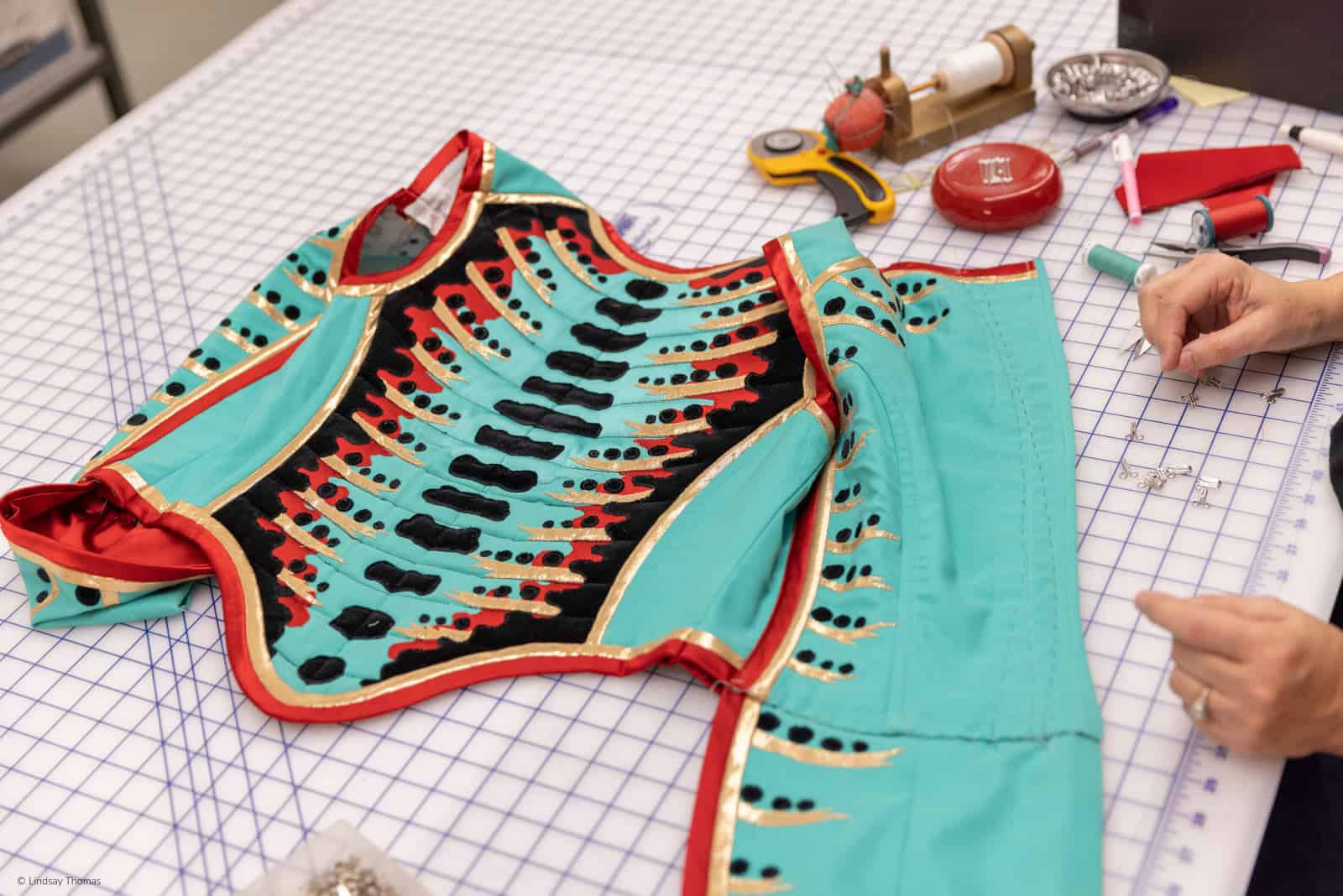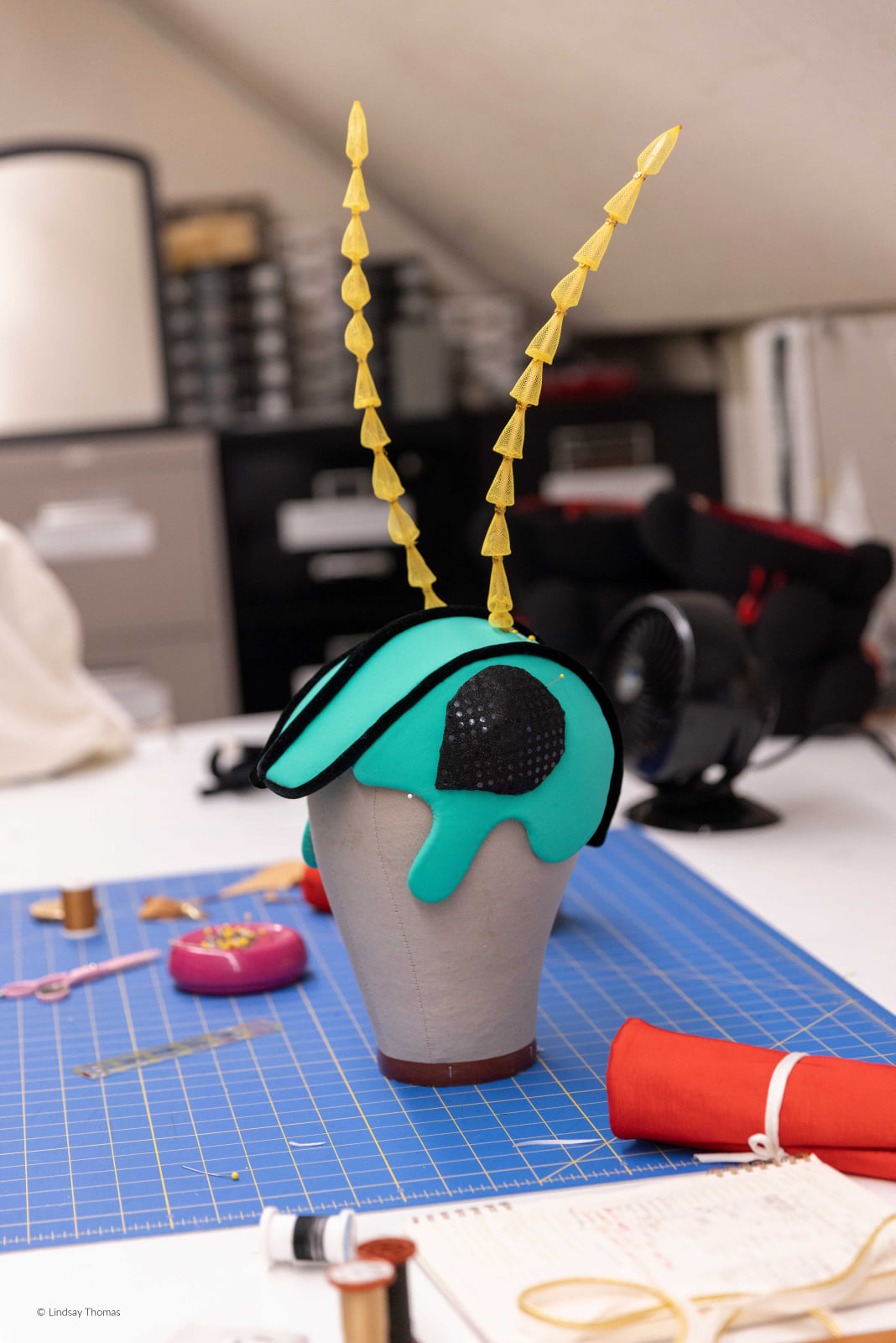By Phil Chan, co-Founder, Final Bow for Yellowface
As a Chinese person, the second act of The Nutcracker has always bugged me. Looking more broadly at the historic depictions of “Chinese” people on the Western performing arts stage, we see fantasy elements of what Europeans thought Chinese people looked like handed down to us from the baroque era. Sallow “grotesque” dancers would don Fu Manchu mustaches and rice paddy hats then shuffle and bob around the stage in between acrobatic tricks. In the diverse multicultural society we live in now, and with an awareness of over 5,000 years of rich Chinese cultural heritage to choose symbols from, can we not make better creative choices for today?
As a result of this discomfort, I co-founded Final Bow for Yellowface (yellowface.org) in 2017 with New York City Ballet soloist Georgina Pazcoguin. On our site lives a simple pledge:
“I love ballet as an art form, and acknowledge that to achieve diversity among our artists, audiences, donors, students, volunteers, and staff requires inclusion. I am committed to eliminating outdated and offensive stereotypes of Asians (Yellowface) on our stages.”
In response, every major American ballet company over the last several years has signed our pledge and started questioning the cultural depictions in The Nutcracker—this includes figuring out where the line is between respectful and offensive depictions. A good determinate of that line involves understanding the difference between character and caricature. A caricature is flat, two-dimensional—a shorthand for something much more complex. A quick sketch. A character, in contrast, is nuanced. Three-dimensional. Specific.
Many ballet companies have completed the initial first step by removing the caricatured elements from the dances, the lowest hanging fruit being the gratuitous yellowface makeup, the incessant bobbing and shuffling, the chopstick fingers, and costuming that made a dancer look like a Chinese “coolie” (an offensive and outdated term used to describe unskilled Asian laborers).
In my humble opinion, however, removing the yellowface isn’t enough. Afraid of offending anyone, many companies have chosen to remove a lot of the flavor the dances once had—but haven’t bothered to replace the caricature with character.
This is why I am so excited about this current evolution at PNB. When Peter Boal called me about replacing the “Chinese” man with a cricket, my antenna perked up. For more than 2,000 years, in Chinese culture, crickets have been a symbol of luck and fertility. Prized as both athletic fighters and the most musical of all creatures, they’ve been kept as pets by nobility and commoners alike. And like Balanchine dancers, crickets in Chinese culture are celebrated for their musicality. In changing the “coolie” into a cricket, the divertissement retains its original vaudeville feeling but takes on a new context: two Chinese girls dancing with their pet cricket. Not a single step of Balanchine’s choreography has to be changed: the work retains its whimsy and musical spirit while incorporating a respectful and playful side of Chinese culture that everyone can enjoy.



I hope the Green Tea Cricket can join PNB’s iconic Peacock and show how respectful portrayals of racial characters and adherence to tradition and respect to classic choreography can go hand in hand. Changing a little bit of head bobbing to avoid perpetuating Chinese stereotypes goes a long way with audiences; modifying makeup just a little bit to avoid caricature doesn’t make the work any less charming. Small updates to refresh portrayals of race ensure that classic works like The Nutcracker stay alive and become bigger than their creators ever imagined—something for everyone to enjoy year after year around the holidays. Isn’t that a better way to tell a story?
Featured photo: Christian Poppe as the Green Tea Cricket in George Balanchine’s The Nutcracker® choreography by George Balanchine © The Balanchine Trust, photo © Angela Sterling.
Photos: Noah Martzall as the Green Tea Cricket in The Nutcracker, photo © Angela Sterling. Behind the scenes of the costume creation in PNB’s Costume Shop, photos © Lindsay Thomas.






For the past couple of years, I have shown my elementary students a video of the Pacific Northwest Ballet’s staging of the Tea Dance with the comical dragon/monster. They just loved it and the staging is so wonderfully different from the culturally insensitive versions of the past. However the video doesn’t seem to be available on youtube now. Is it available somewhere? Or is there a video with the cricket character?
Thank you, Leslie Dooley Sudbury Public Schools, Sudbury, Massachusetts